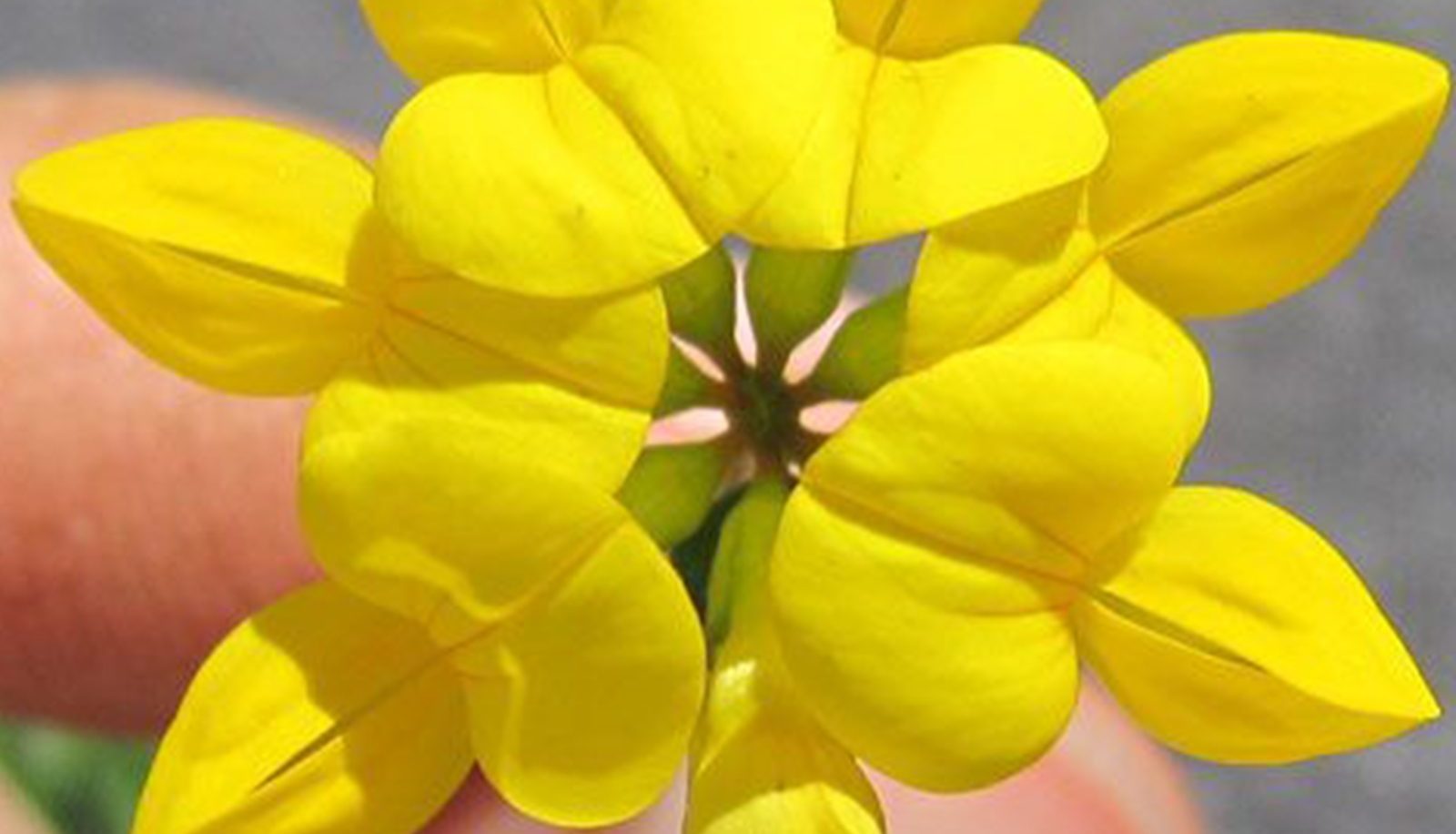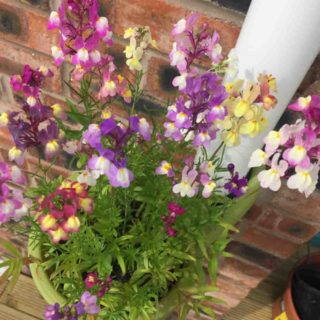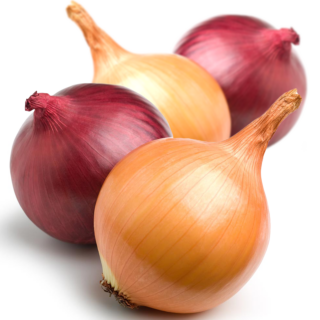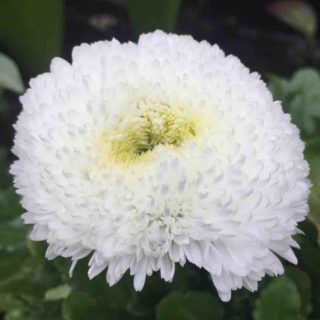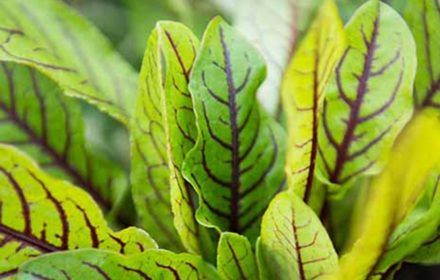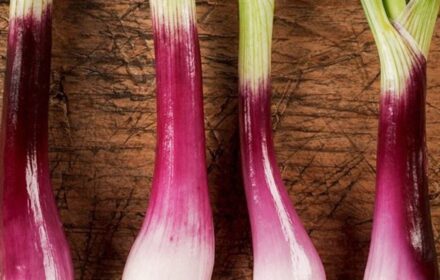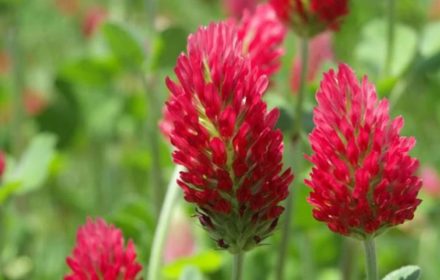How to Grow Birdsfoot Trefoil from Seeds
Birdsfoot Trefoil (Lotus corniculatus) is a native wildflower of the United Kingdom, known for its bright yellow, trefoil-shaped flowers and distinctive seed pods resembling a bird’s foot. This hardy, low-growing plant typically reaches a height of 15 cm (6 inches) and thrives in woodlands, meadows, marshlands, and gardens. Birdsfoot Trefoil is a great choice for naturalising garden borders, wildflower meadows, or pollinator-friendly areas, as it attracts bees and butterflies. With its lush green foliage and long-lasting blooms, Birdsfoot Trefoil will bring vibrant colour to your garden from summer through to autumn. It’s adaptable to most soils and light conditions, making it an excellent choice for UK gardens.
When and Where to Sow Birdsfoot Trefoil Seeds
- Outdoor Sowing: Sow Birdsfoot Trefoil seeds directly outdoors from late spring to early summer, once the risk of frost has passed (typically from April to June). This wildflower is frost-sensitive during its early stages, so ensure temperatures are consistently warm before sowing.
- Indoor Sowing: Seeds can also be sown indoors at any time of year. Start seeds in pots or seed trays and transplant them outdoors in spring or summer once the seedlings are established. Indoor sowing provides better control over germination conditions and offers an earlier start to the growing season.
Ideal Growing Conditions for Birdsfoot Trefoil
- Soil Requirements: Birdsfoot Trefoil thrives in a wide range of soils, including sandy, loamy, and even heavy clay soils. It prefers well-drained soil but can tolerate moist conditions. This wildflower adapts well to both fertile and poorer soils, making it ideal for various garden settings. If growing in pots, use a good quality, free-draining compost.
- Sunlight: This versatile plant grows well in full sun and partial shade, making it suitable for various garden areas. For the best blooms, choose a location that receives at least 4-6 hours of sunlight per day.
- Temperature: Ideal germination temperatures range between 16-18°C (61-65°F). If growing indoors, place the seed trays or pots in a bright location, such as a windowsill or greenhouse.
How to Sow Birdsfoot Trefoil Seeds Indoors
- Scarifying the Seeds: Birdsfoot Trefoil seeds have a tough outer shell, which can slow down germination. To speed up the process, scarify the seeds by soaking them in warm water overnight. Alternatively, place the seeds in a jar with sandpaper and shake gently to break down the outer coating. This helps the seeds absorb moisture and encourages faster germination.
- Sowing Depth and Spacing: Sow seeds about 12 mm (1/2 inch) deep in pots or seed trays filled with well-draining seed compost. Firm the compost lightly to ensure good contact between the seeds and the growing medium.
- Germination Conditions: Place the pots or trays in a warm, bright location. Cover with clear plastic wrap or a polythene bag to retain moisture. Ensure the compost remains moist but not waterlogged. Germination typically takes 2-4 weeks, depending on conditions.
- Transplanting: Once seedlings are 5-7 cm (2-3 inches) tall and have developed strong roots, they can be transplanted into their final position in the garden. Before planting outdoors, harden off the seedlings by gradually introducing them to outdoor conditions over 7-10 days.
How to Sow Birdsfoot Trefoil Seeds Outdoors
- Preparing the Soil: Select a sunny or partially shaded spot with well-drained soil. Remove any weeds and work the soil to a fine tilth. For better results, mix compost into the soil to improve drainage and nutrient content.
- Sowing Depth and Spacing: Sow seeds directly into the ground at a depth of 12 mm (1/2 inch). Space the seeds about 20-30 cm (8-12 inches) apart to allow enough room for spreading and to create a fuller display of flowers.
- Watering: Water the soil gently after sowing to settle the seeds. Keep the soil consistently moist but not waterlogged during the germination period.
- Germination Time: Outdoor germination may take longer, especially in cooler conditions, so expect seedlings to emerge within 2-4 weeks.
Caring for Birdsfoot Trefoil Plants
- Watering: Birdsfoot Trefoil is relatively drought-tolerant once established, but it’s important to keep the soil moist during the germination and early growth stages. Water the plants regularly during dry spells, especially if growing in pots or containers.
- Feeding: This wildflower generally does not require additional fertiliser, especially if grown in nutrient-rich soils. However, a light application of balanced fertiliser at the start of the growing season can encourage more vigorous growth in poor soils.
- Pruning: Deadhead spent blooms to encourage continuous flowering throughout the summer. Birdsfoot Trefoil is a self-seeding plant, so if you wish to allow it to spread naturally, leave some seed pods to mature and drop seeds.
- Overwintering: Established plants are hardy and can tolerate the UK’s variable weather conditions. They will die back in the winter and re-emerge in the spring. If grown in pots, you can protect them by moving the containers to a sheltered area during the winter months.
Using Birdsfoot Trefoil in the Garden
- Wildflower Meadows: Birdsfoot Trefoil is an excellent choice for creating a wildflower meadow, as it thrives in a variety of soil types and attracts bees, butterflies, and other pollinators.
- Borders and Edges: Plant Birdsfoot Trefoil along garden borders or paths to add a burst of colour and texture. Its compact size makes it suitable for edging plants.
- Companion Planting: Birdsfoot Trefoil works well when planted alongside other native wildflowers, grasses, or shrubs, creating a natural and low-maintenance display.
Common Issues and Tips for Growing Birdsfoot Trefoil
- Slow Germination: Birdsfoot Trefoil can have slow germination if the seeds are not scarified. Be sure to soak the seeds or scarify them before sowing to speed up the process.
- Pest Control: This wildflower is relatively pest-free, but keep an eye out for aphids and slugs. Use organic methods such as neem oil or slug pellets to protect your young plants if necessary.
- Self-Seeding: Birdsfoot Trefoil is a prolific self-seeder. If you want to control its spread, remove the seed pods before they mature.
Common Questions About Growing Birdsfoot Trefoil
- Can Birdsfoot Trefoil grow in containers? Yes, Birdsfoot Trefoil can be grown in pots or containers, making it suitable for small gardens or patios. Ensure the container has good drainage and is placed in a sunny location.
- How long does Birdsfoot Trefoil bloom for? Birdsfoot Trefoil typically blooms from late spring through to autumn. Regular deadheading will encourage more flowers and prolong the blooming period.
- Is Birdsfoot Trefoil good for pollinators? Absolutely! Birdsfoot Trefoil is an excellent plant for attracting bees, butterflies, and other beneficial insects, making it a great addition to pollinator-friendly gardens.
By following these steps, you can enjoy the bright, cheery blooms of Birdsfoot Trefoil in your garden. Whether growing them for their ornamental value, to attract pollinators, or to enhance a wildflower meadow, these hardy plants are a wonderful addition to any outdoor space.

